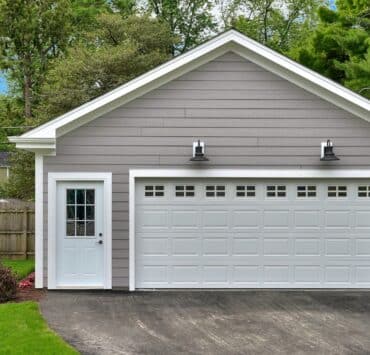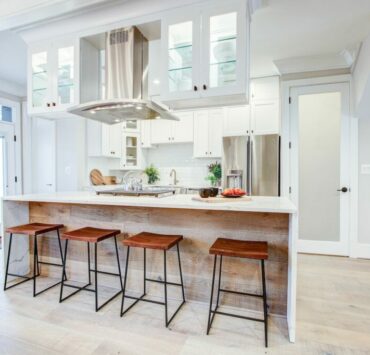“How to fill gaps in kitchen cabinets” is asked quite often. However, the solution to this is quite simple.
Gaps in kitchen cabinets occur due to poor installation or your cabinets might settle during the remodeling of other elements. Cabinet makers and installers usually leave a small space under your cabinets, but it’s up to you whether you want it closed or not.
If you’re particular about looks, you won’t like to have gaps or spaces between or beneath your cabinets.
Don’t worry! It is absolutely possible to hide those unwanted cabinet gaps and there are several ways to handle that. In this article, we are going to discuss precisely that. So, let’s get started!
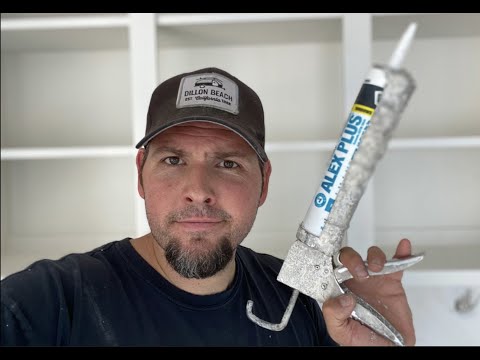
How to Fill Gaps in Kitchen Cabinets
Determining the Procedure
How you’ll seal the cabinet gaps will depend on your reason for closing the gaps or the space that needs to be filled. If the gaps are small, you won’t require much effort to seal them. Simply fill them with caulk or wood filler and you’re done!
In other cases, gaps might develop when cabinets are overloaded and screws strip out or loosen. If that’s the issue, the best solution would be to locate the screw holes somewhere closer to the gaps. Tighten the screws using a drill or screwdriver until the cabinet holds sturdy and you notice the closing of the gap.
If you notice the screw stripping, try placing another screw nearby the cover the weak spot. At times, adding washers to the screws ensures better strength, thereby preventing future mishaps. And tighten them to make those gaps disappear.
But if the issue is not evident, you might need extra help to see how the problem can be fixed. There are also other ways to close cabinet gaps which might take you a little more time but are effective.
Ways to Seal or Close Cabinet Gaps
Here are some of the common time-tested tricks to get rid of the gaps in your kitchen cabinet.
Apply Caulk
You don’t need in-depth technical know-how to seal those tiny gaps in your cabinets. Caulk is a simple solution to seal almost any gap in your house. You can buy caulk from any local store near you.
Before applying the caulk, you must wipe the area with a damp cloth. Wait for it to dry and start applying the solution from one corner. Use a thin spatula or your fingers to smooth the edges. Go for silicone as it’s versatile and easily penetrates unreachable nooks to cover up holes.

Use Wood Filler
Wood fillers ideally come in handy when you have to close gaps between the kitchen cabinet and the toe kick. The toe kick is the indented trim installed at the bottom of cabinets to provide space for your toes. It also works when you’re filling gaps in the trim work under your cabinets.
This one’s not as simple as applying caulk but the finish definitely looks better. You start by tapping the underside of the gap with a painter’s tape. Then, align the tape with the toe kick for lower cabinets or the top portion of the skirting for upper cabinets. Snip the tip of the tape at a 45° angle for a neat finish and finally fit the filler smoothly along the gap.
Additionally, lightly sand the entire length of the gap with a sanding block to give it a more uniform appearance. Wood fillers are available in a variety of shades and can also be stained.
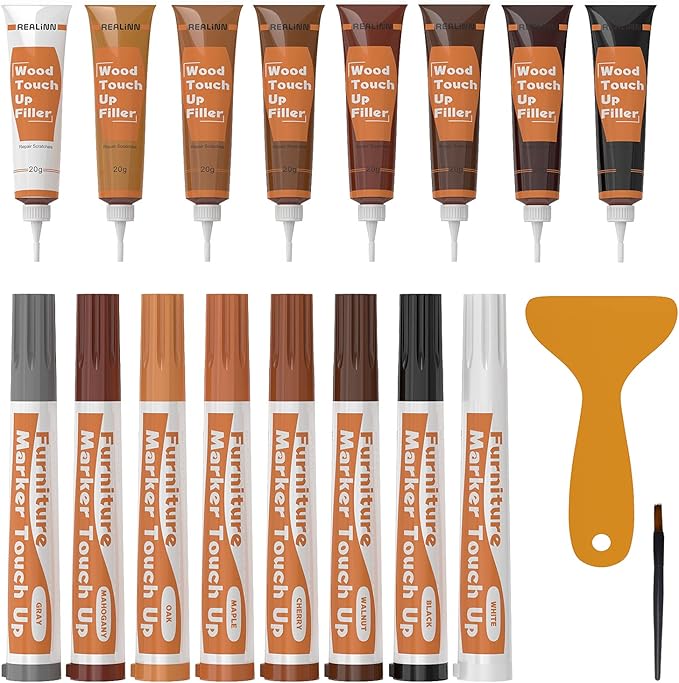
Add trim to upper cabinets
You can also fill gaps in kitchen cabinets by adding trim to the underside of cabinets. Begin with a skirting on the front side beneath the cabinet and move on to the other side. Draw the line from the door to the point where it meets the wall. If you’re a beginner, go for a peel-and-stick trim which will work great for gaps that are less than a quarter inch.
Ideally, trim isn’t installed beneath lower cabinets but some professionals add quarter-round to fill gaps created by poor flooring installation. You can also apply shoe molding for gaps caused due to the installation of the toe kick on an existing floor.
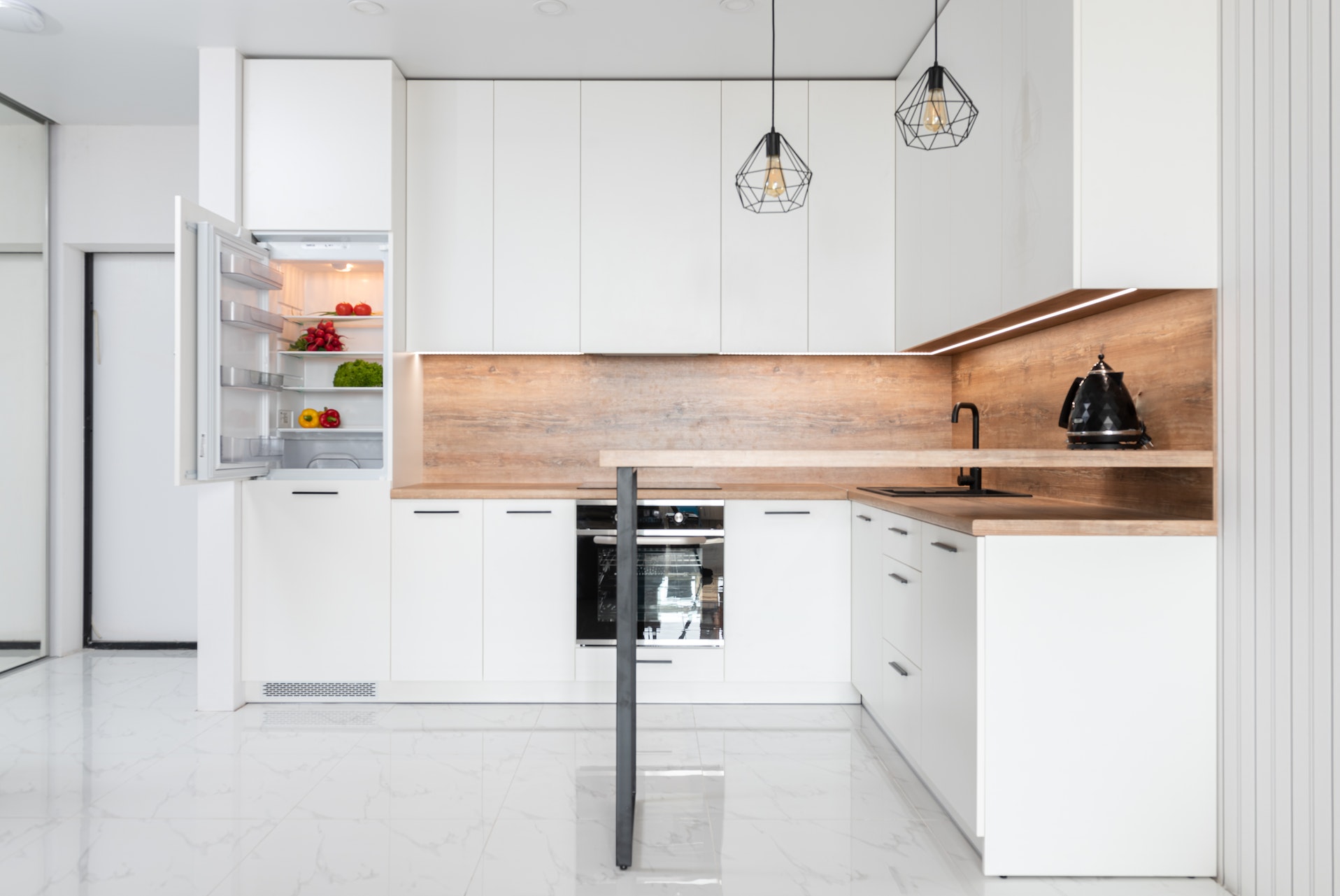
What do You do to Stop the Draft Under Your Cabinets?
If you feel that there’s a draft coming from beneath your cabinets, chances are that there’s a hole in the drywall. It could be due to a bug infestation or left from the original installation. Removing your entire cabinet to get to the root of the problem will be time-consuming and require a lot of work. Don’t worry! There are other easier ways to deal with the situation.
Use Spray Foam
To avoid the hassle of removing cabinets, you can use spray foam to insulate the area where the draft is coming from. This is ideally applicable when the gap or holes are not visible from the outside.
Also, remember to gloves and protective eyewear to avoid any accidents. The foam will contain an instruction manual and you’re supposed to follow the steps accordingly. Wait until the spray dries completely before you attach the trim.
Replace a Toe Kick
Another technique to fix a draft in your kitchen cabinet is to install or replace the toe kick from the lower cabinets. Start with measuring the area from different angles as the floor might not be on the level. Stick the toe kicks with construction tape or adhesive. You can also use a pin nailer for installation.
Use a Backer Rod
If the gap is large, you will need a backer rod to prevent drafts from entering your cabinet. The rod is a foam material that needs to be cut to the size of the gap. You can then fit it in and finally seal it with caulk. Backer rods are ideal for gaps that are about a half inch long or more.







